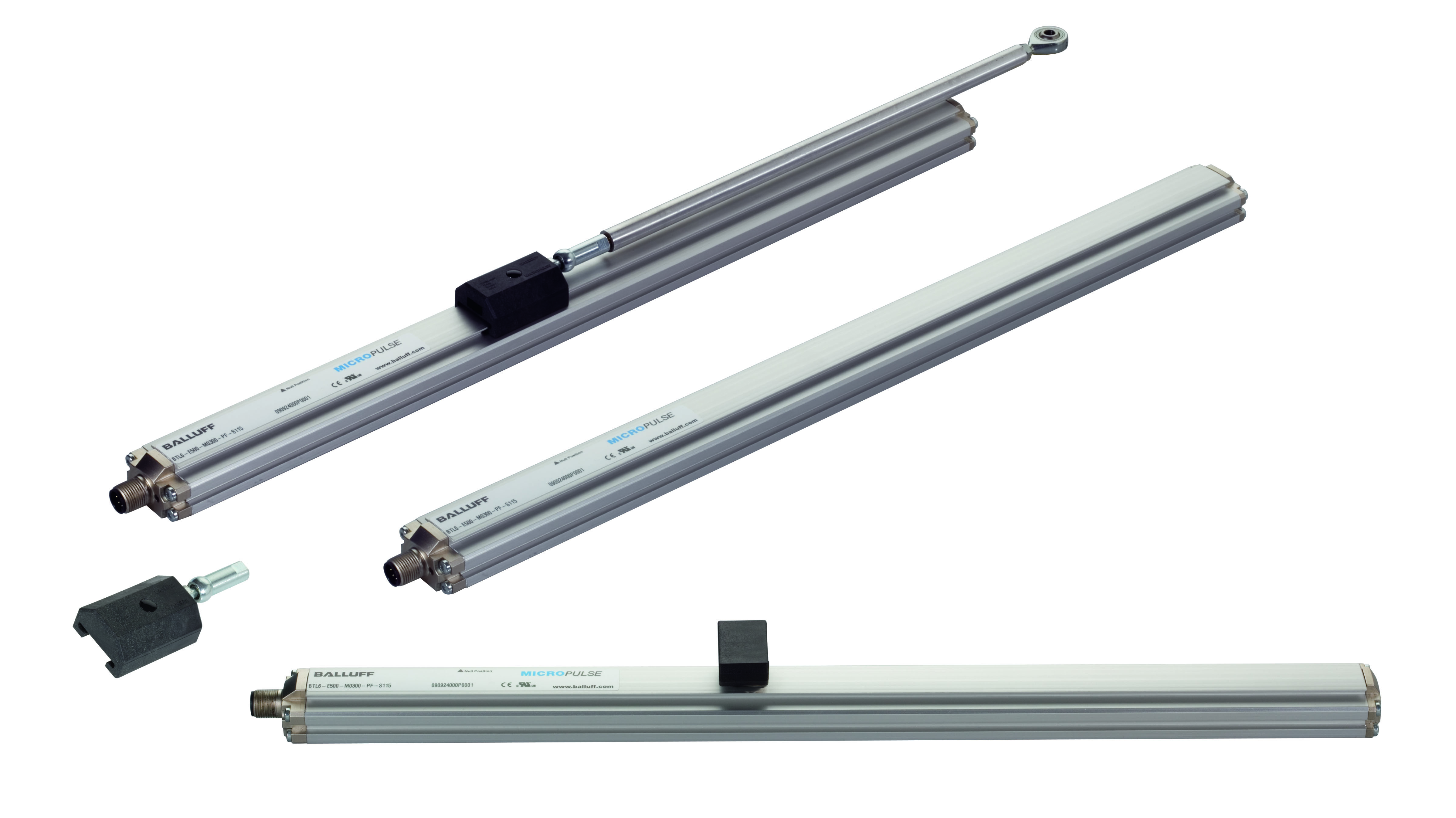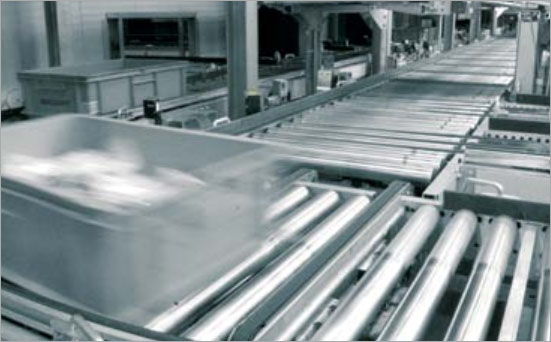Linear encoders – absolute or incremental? Incremental encoders are simple, inexpensive, and easy to implement, but they require that the machine be homed or moved to a reference position. Absolute encoders don’t require homing, but they’re usually more expensive, and implementation is a bit more involved. What if you could get an incremental encoder that also gave you absolute position? Would that be great, or what? Read on.
 Incremental encoders are pretty simple and straightforward. They provide digital pulses, typically in A/B quadrature format, that represent relative position movement. The number of pulses the encoder sends out correspond to the amount of position movement. Count the pulses, do some simple math, you know how much movement has occurred from point A to point B. But, here’s the thing, you don’t actually know where you are exactly. You only know how far you’ve moved from where you started. You’ve counted an increment of movement. If you truly want to know where you are, you have to travel to a defined home or reference position and count continuously from that position.
Incremental encoders are pretty simple and straightforward. They provide digital pulses, typically in A/B quadrature format, that represent relative position movement. The number of pulses the encoder sends out correspond to the amount of position movement. Count the pulses, do some simple math, you know how much movement has occurred from point A to point B. But, here’s the thing, you don’t actually know where you are exactly. You only know how far you’ve moved from where you started. You’ve counted an increment of movement. If you truly want to know where you are, you have to travel to a defined home or reference position and count continuously from that position.
 Absolute encoders, on the other hand, provide a unique output value everywhere along the linear travel, usually in the form of a serial data “word”. Absolute encoders tell you exactly (absolutely) where they are at all times. There’s no need to go establish a home or reference position.
Absolute encoders, on the other hand, provide a unique output value everywhere along the linear travel, usually in the form of a serial data “word”. Absolute encoders tell you exactly (absolutely) where they are at all times. There’s no need to go establish a home or reference position.
So absolute is better, yes? If that’s so, then why doesn’t everyone use them instead of incremental encoders?
It’s because incremental encoders typically cost a lot less, and are much easier to integrate. In terms of controller hardware, all you need is a counter input to count the pulses. That counter input could be integral to a PLC, or it could take the form of a dedicated high-speed counter module. Either way, it’s a fairly inexpensive proposition. And the programming to interpret the pulse count is pretty simple and straightforward as well. An absolute encoder will usually require a dedicated motion module with a Synchronous Serial Interface (SSI, BiSS, etc.). These interfaces are going to be both more expensive and more complex than a simple counter module. Plus, the programming logic is going to be quite a bit more involved.
So, yes, being able to determine the absolute position of a moving axis is undoubtedly preferable. But the barriers to entry are sometimes just too high. An ideal solution would be one that combines the simplicity and lower cost of an incremental encoder with the ability to also provide absolute position.
Fortunately, such solutions do exist. Magnetic linear encoders with a so-called Absolute Quadrature interface provide familiar A/B quadrature signals PLUS the ability to inform the controller of their exact, absolute position. Absolute position can be provided either on-demand, or every time the sensor is powered up.
How is this possible? It’s really quite ingenious. You could say that the Absolute Quadrature encoders are “absolute on the inside, and incremental on the outside”. These encoders use absolute-coded magnetic tape, and the sensing head reads that position (with resolution as fine as 1 µmeter and at lengths up to 48-meters, by the way). But, during normal operation, the sensor head outputs standard A/B quadrature signals. Remember though, it actually knows exactly where it is (absolute inside…remember?), and can tell you if you ask. When requested (or on power-up, if that’s how you have it configured), the sensor head sends out a string, or burst, of A/B pulses equal to the distance between the home position and the current position. It’s as if you moved the axis back to home position, zeroed the counter, and then moved instantly back to current position. But no actual machine movement is necessary. The absolute burst happens in milliseconds.
So, to sum it up, Absolute Quadrature linear encoders provide a number of advantages:
- Economical: Compatible with standard A/B incremental interfaces – no absolute controller needed
- No need to upgrade hardware; can connect to existing control hardware
- Get the advantages of absolute, but maintain the simplicity of incremental; eliminate the need for homing
- Easy implementation: Simple setup, no (or very minimal) new programming required
- Accurate: Resolution down to 1 µm, over lengths up to 48 meters
If you’d like to learn more about linear encoders with Absolute Quadrature, go to: http://www.balluff.com/local/us/news/product-news/bml-absolute-quadrature/





















